Tyrrell (pronounced like ‘turtle’ without the middle t) County is almost all the way to the Outer Banks. It’s another small county no one necessarily notices as they race to the ocean in their minivans stuffed with boogie boards and picnic coolers. There’s not a lot of money or industry, or, as it happens, cats (the county’s cat room was empty when we visited!).
Tyrrell is a small shelter that handles about 100 dogs a year. Although it hasn’t always been the story, nearly every one of the animals get out alive now thanks to the efforts of Kirstin, a local pharmacist who began volunteering at the shelter in 2016 and changed their story.
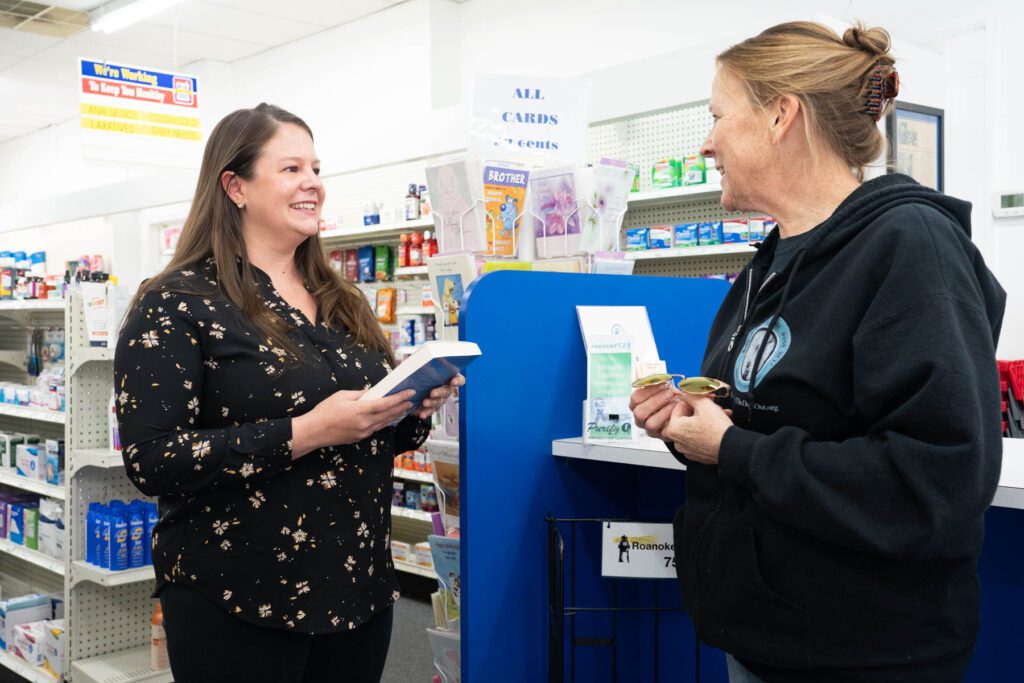
There are very few local adoptions “…unless we get an ankle biter,” says ACO Cecil, “and we don’t hardly ever get those.” Tyrrell depends on rescues to pull their dogs.
Cecil has been working at the shelter since 2010 (previously he worked at the Forest Service). He does pretty much everything – runs all the calls and cares for all the animals. He told me that lately he’s had to handle an awful lot of people calls. Often times it’s one neighbor frustrated with another neighbor because of how they care for their dog – it’s loose, it barks too much, etc. Cecil noted that people can’t seem to talk to each other, so they call him.
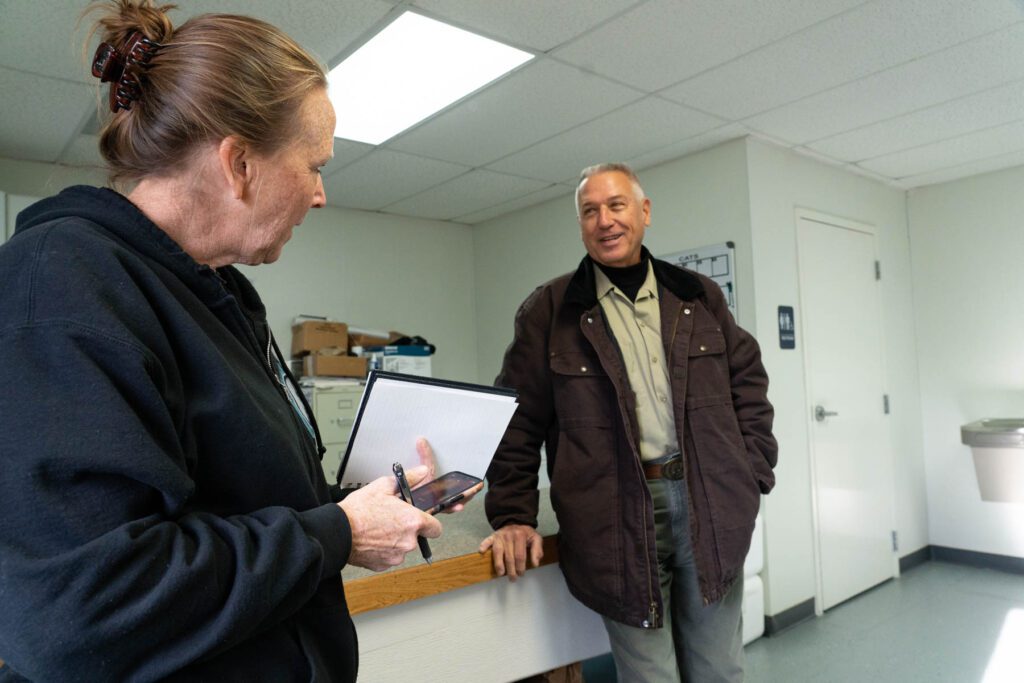
I would imagine he’s pretty good at the people aspect of his job. Cecil is articulate and charming with an easy smile. He’s been here a long time and knows the community well. The shelter is very clean and organized, and it’s clear that Cecil works hard to keep it that way.
The shelter building itself is a hybrid building. The offices, bathroom, kitchen/work area, and cat room are inside the front of the metal building, but the dog kennels (ten) are in the back of the building which is open on three sides (covered with tarps on the chilly day we visited). The kennels are spacious as kennels go, and each had a plastic barrel for a dog house.
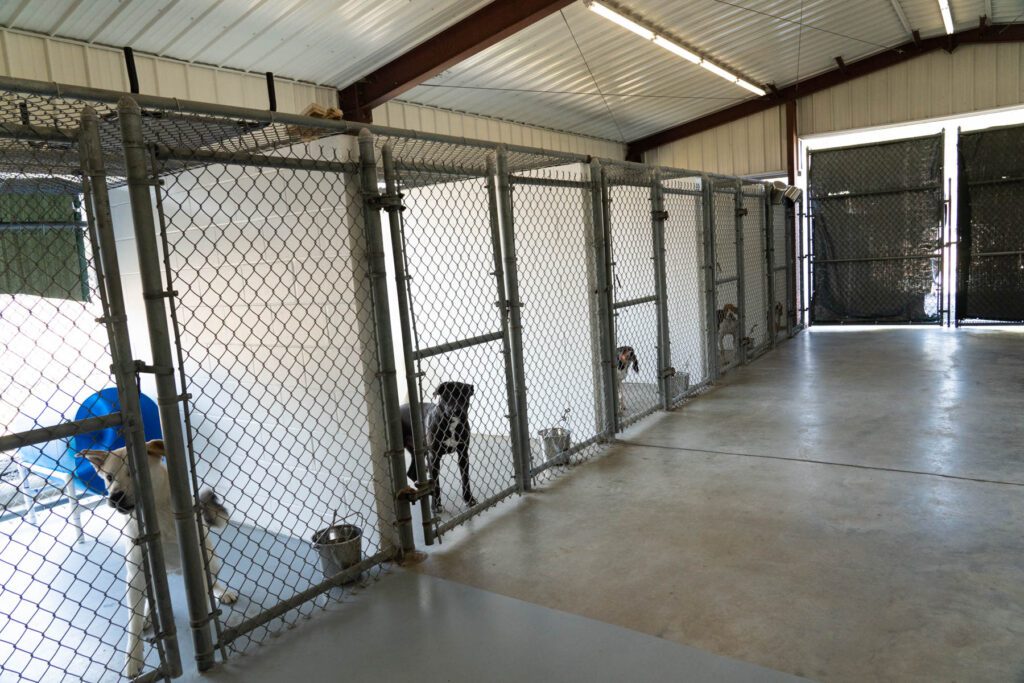
We noted that the dogs, particularly the thin and short-haired dogs, were shivering on the 40 degree day. We recommended and our board agreed to give an Instagrant to purchase Kuranda Beds (raised beds) for all ten kennels. Kirstin and other volunteers assembled and installed the beds, so now all the dogs have a comfortable place to rest that isn’t directly on the cement.
Denise, a committed volunteer who is at the shelter as often as she can be (she says she’d be here more if she didn’t have to work full-time!), wishes they could install heaters over the kennels, fans too, in the summer. For now, though, they aren’t in the budget or the plans for the shelter.


The shelter does not have budget money to spay/neuter the animals, and so depends on the receiving rescues to do so. If an animal is adopted from the shelter, they are required to pay a $50 deposit, which the adopter gets back after they’ve spayed/neutered their animal. Too many shelters are forced to go this way for lack of funding or veterinary access with varying degrees of compliance.
The shelter gives a rabies vaccination (Cecil is certified to give rabies shots), vaccinates for distemper on intake, and treats everything for fleas/ticks, but they do not test for heartworm or give preventative. It’s assumed that most of the dogs are likely heartworm positive. Like any humid, hot county, Tyrrell is a hotbed for heartworm.
We enjoyed meeting the current dogs in residence. Cecil turned a few dogs loose to run in the large fenced area around the shelter while Nancy snapped pictures and Denice used treats to try to convince them to sit with varying degrees of success.






Meanwhile, Cecil and I put up peanut butter lick boards on all the kennels. The boards worked their magic and silenced the barking as all the dogs got to work licking their boards.




The boards are a very simple, inexpensive tool for any shelter. We use a plastic cutting board ($2.77 at Walmart), a carabiner clip, and peanut butter to create them.
Not only does it give the dogs something to do, the licking is one way for dogs to self-soothe their anxiety. And for many, it adds much-needed calories.
These little county shelters exist all over the south. They rise and fall on the hearts of individual ACOs and volunteers, and their efforts (whether they are saving or not saving their animals) often go unnoticed by the majority of their communities. We need to work toward a more sustainable solution.
One solution would be to combine efforts and budgets by creating regional shelters to serve multiple municipalities. This would undoubtedly improve the facilities, quality of care, volunteer pool, staff workload, and outcomes for the animals.


Bertie County Shelter is less than an hour away and handles the same number of animals each year. Hyde County, just south of Tyrrell does not have an animal shelter (and Cecil handles some of their calls and takes animals when needed – but Hyde Co does not pay him). The Outer Banks shelter, which reportedly does well, is also less than an hour away.
I’m not naïve enough to believe that all municipalities can work and play well together, but for the sake of the animals, I think it’s an idea worth considering.
For now, Tyrrell County is lucky to have Cecil as their ACO, and incredibly, devoted citizens like Kirstin and Denise on the animals’ side. It was inspiring to meet them and witness their work. I’m grateful for their commitment to saving every life they can.
You can follow and support the work of Kirstin, Denise, and Cecil on the Friends of Tyrrell County Shelter Animals facebook page. You can also send support directly by shopping their Amazon wishlist.
The shelter would love to have more volunteers to spend time with the dogs. They’d also love to have more rescue partners. Please reach out directly to the shelter (or contact us), if you’d like to help.
Our biggest fundraiser of the year starts this Sunday October 24! Check out the online auction here and register to bid on over 250 items! Proceeds will fund future shelter tours and our Instagrant Program.
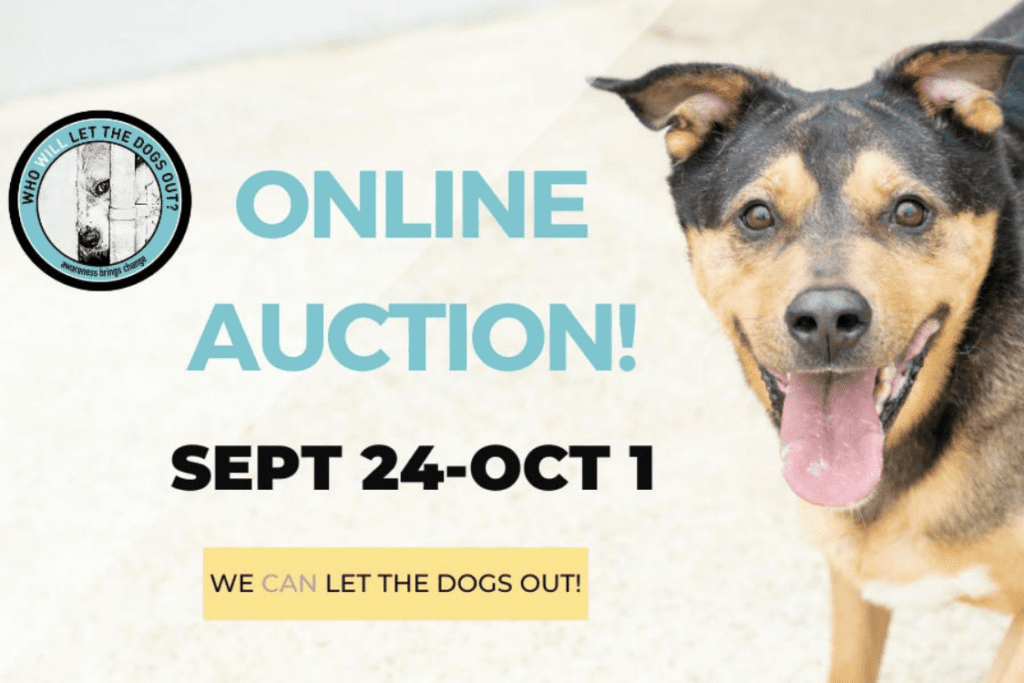
[Instagrants are made possible through a grant-to-regrant from the ASPCA and the generous donations of individuals who support our work. Instagrants take the form of items we can procure that will dramatically improve the lives of the animals or the employees at a shelter that fall outside the reach of a shelter’s budget. There is no application process, they are awarded on an as-needed basis to shelters and rescues who we visit and establish a relationship with.]
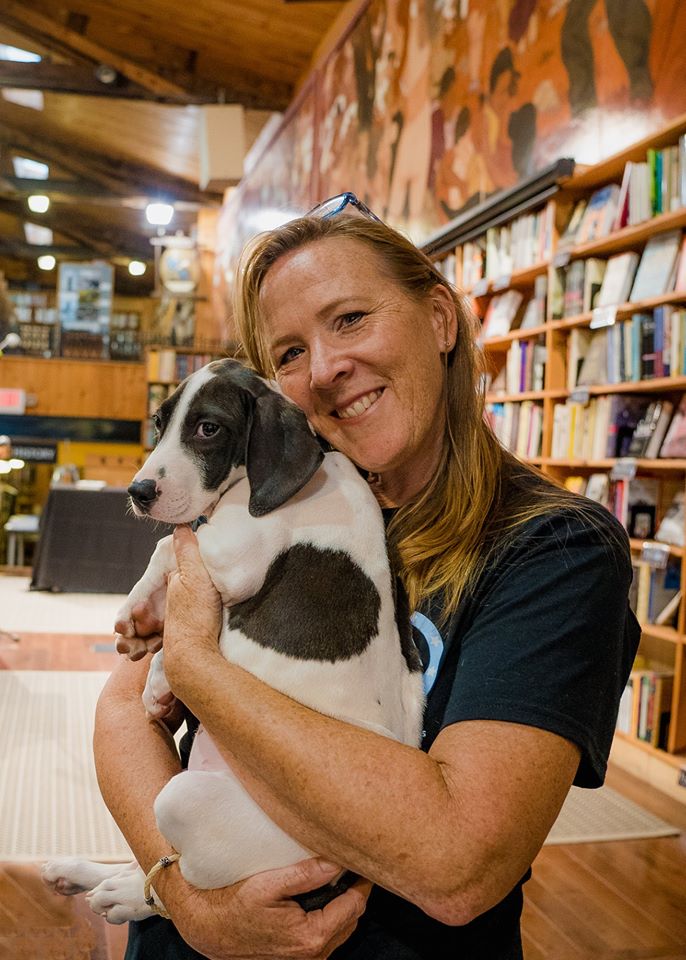
Until each one has a home,
Cara
If you want to learn more, be sure to subscribe to this blog. And help us spread the word by sharing this post with others. Visit our website to learn more.
You can also help raise awareness by following/commenting/sharing us on Facebook, Instagram, YouTube, Tik Tok, and the Who Will Let the Dogs Out podcast.
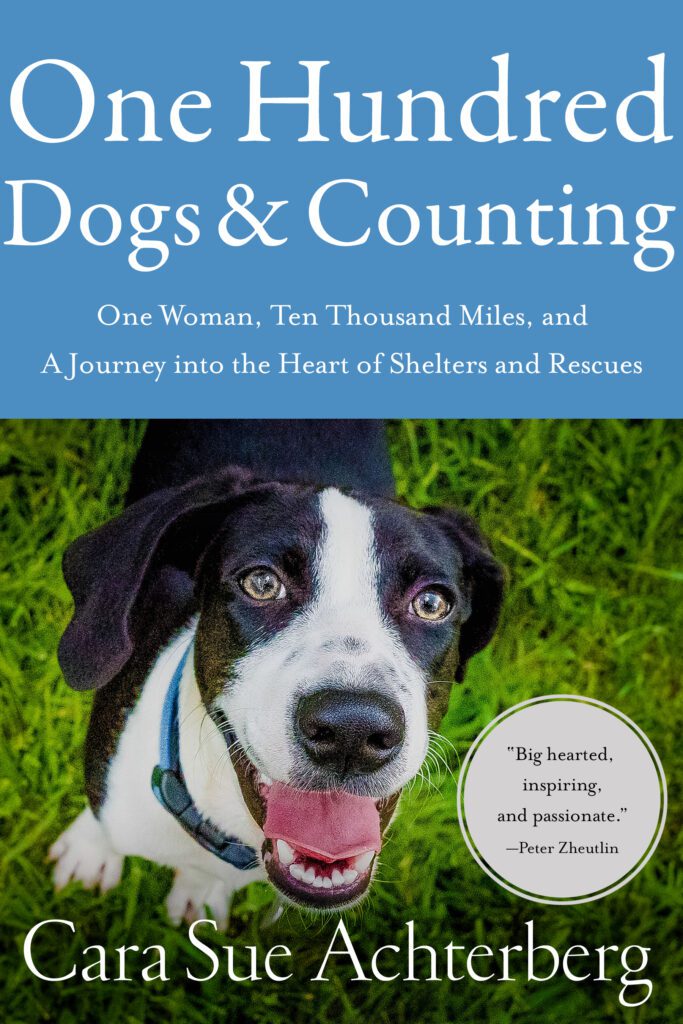
Learn more about what is happening in our southern shelters and rescues in the book, One Hundred Dogs & Counting: One Woman, Ten Thousand Miles, and a Journey Into the Heart of Shelters and Rescues (Pegasus Books, 2020). It’s the story of a challenging foster dog who inspired me to travel south to find out where all the dogs were coming from. It tells the story of how Who Will Let the Dogs Out began. Find it anywhere books are sold. A portion of the proceeds of every book sold go to help unwanted animals in the south.
For more information on any of our projects, to talk about rescue in your neck of the woods, or become a WWLDO volunteer, please email whowillletthedogsout@gmail.com or carasueachterberg@gmail.com.
And for links to everything WWLDO check out our Linktree.
We are headed out on another shelter tour in April with stops in North Carolina, Georgia, and Mississippi.
button



Leave a Comment
Sign up for our newsletter
Sign up to have our latest news, grant updates, shelter visits, and more delivered to your inbox.
Share this:
Like this: